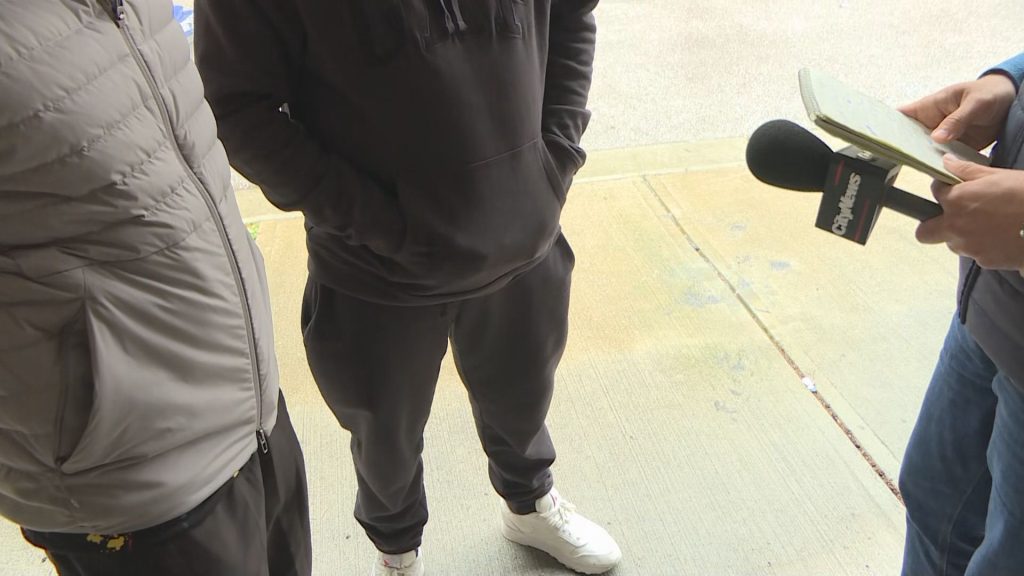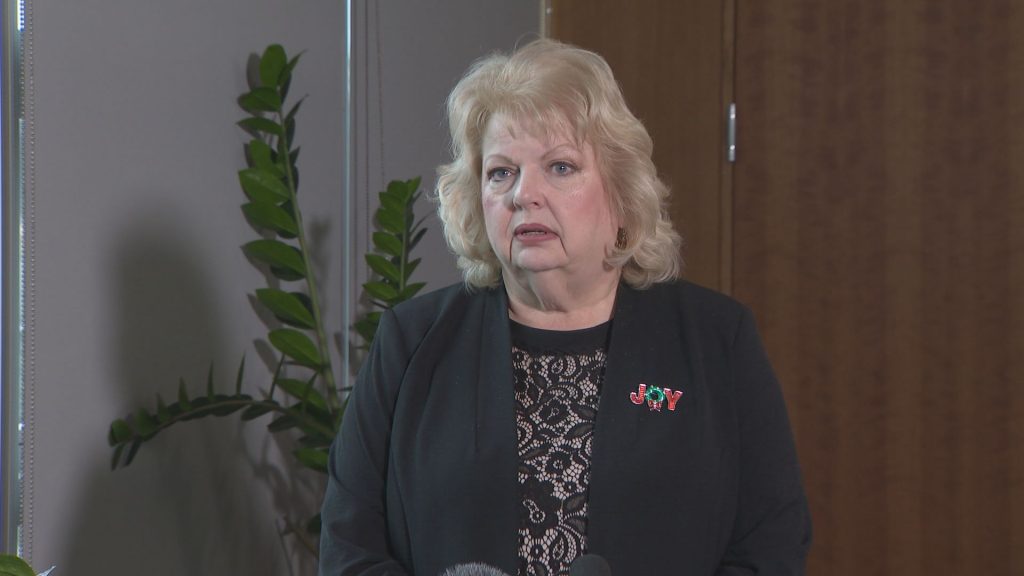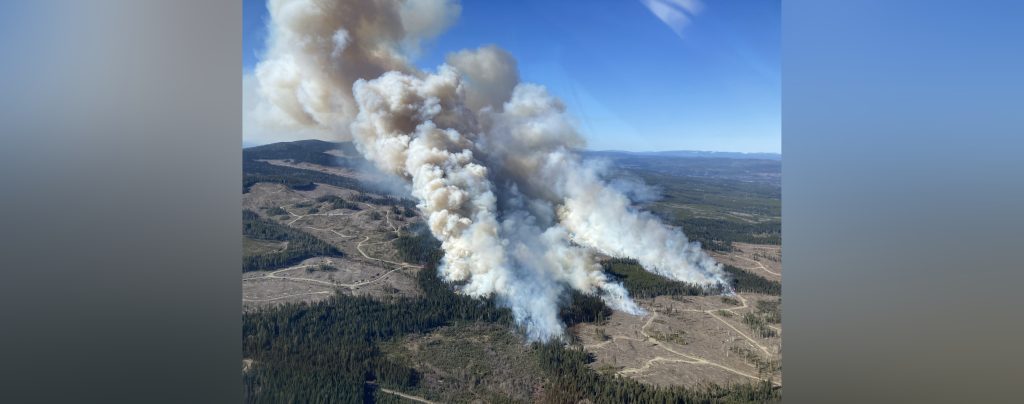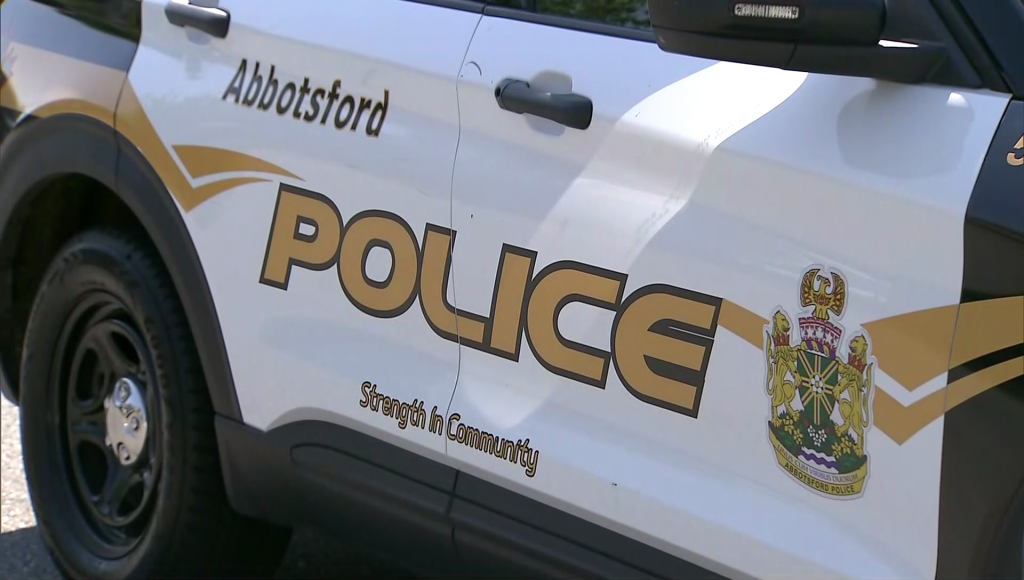B.C.’s school administrators say clarity, consistency key for communicating COVID-19 exposures
Posted September 24, 2020 9:36 pm.
Last Updated September 24, 2020 10:08 pm.
VANCOUVER (NEWS 1130) — The head of the BC Principals’ and Vice-Principals’ Association says he understands why parents and students are calling for greater clarity and consistency when it comes to communicating COVID-19 exposure warnings.
Darren Danyluk says while he understands the health authorities are providing the information spelled out in provincial guidelines, school administrators are having to field concerned calls from confused community members.
“There is the need for greater clarity that would then lead to and promote consistency,” he says.
“People are in a state of wonder. The protocols laid out in terms of the information going back to people from a school — the health authority sort of governs that. Depending on their conclusions around close contact or not close contact, people may or may not hear something. Of course, that leaves a vacuum of information, and the most likely place people go to seek that is to their local school, they’re going to call and want to speak with a principal or vice-principal to find out what they can, and seek reassurances.”
He notes principals and vice-principals will spend 20 – 30 minutes on each call that comes in.
“Of course we’re hearing reports of the hours being put in and the fatigue and it’s challenging, it’s challenging for everybody.”
Concerns over Vancouver Coastal Health’s process for posting exposure notices online have been raised since school resumed. Vancouver Coastal has listed exposures at two schools on its website, while the Fraser Health Authority has listed 23, including 15 in Surrey.
RELATED STORIES:
-
B.C. teachers worried by inconsistent COVID-19 school exposure info
-
COVID-19 exposures at Metro Vancouver schools not publicly available information for all
-
Vancouver Coastal is sharing COVID-19 school exposures as it should: Dr. Henry
Vancouver Coastal Chief Medical Health Officer Dr. Patricia Daly has said public notices will happen only if an entire class must be informed. Otherwise, staff, students, and parents who have come into contact with someone who has tested positive will be informed directly.
Danyluk hopes that some anxiety will be allayed as the discrepancies between districts are explained and resolved.
“In the last couple weeks, many schools have hit the radar because there’s been reports of potential COVID exposure on site. That has launched, obviously, considerable communication chains, and a lot of those are coming across and through principals’ and vice-principals’ desks.
“I think clarity around what the expectations are for everyone would certainly go a long way in helping to strengthen the communication chains, and perhaps reduce some of the levels of query and uncertainty.”
He also explains how members of his association have been playing a critical — and time-consuming — role in the process of contact-tracing.
“Through the provision of very comprehensive lists of who is in which cohorts, where they were in the school, the window of time where that child or that adult may have been in the school, and what parts of it. Then, the health authority undertakes the investigation,” he says.
Overall, he says principals feel supported by their districts and health authorities.
“Despite the fact that it is hard, and challenging, and time-consuming and creates concern and anxiety among their communities, they have felt a great degree of support and help as they work through this.”










